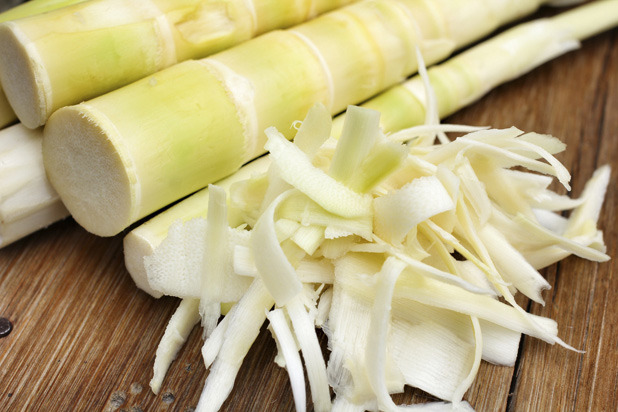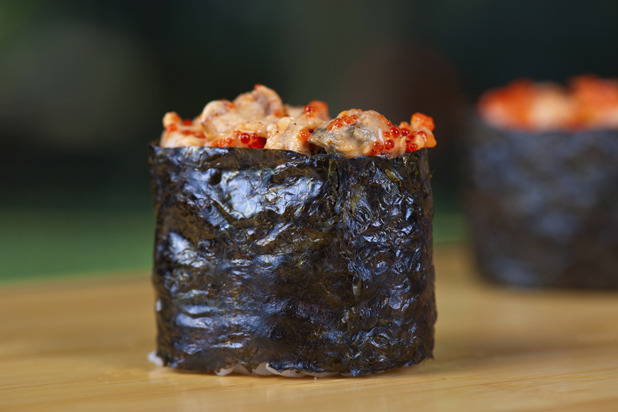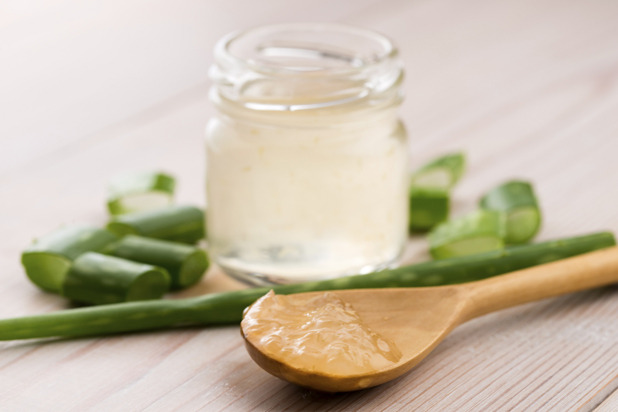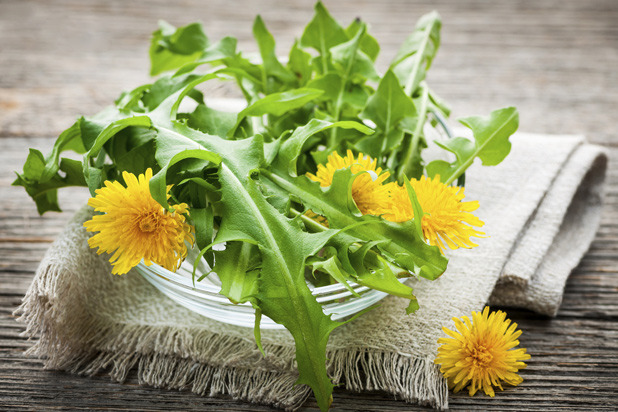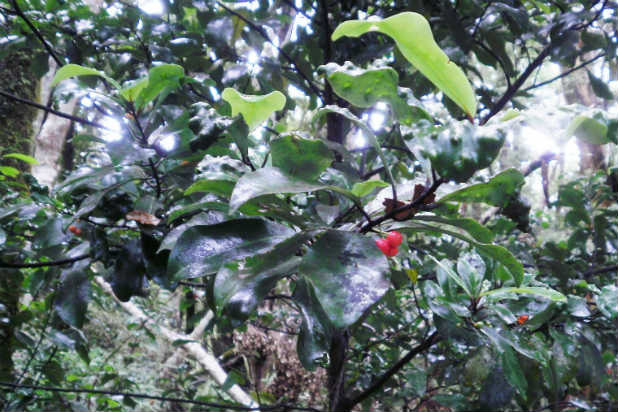Fried Maple Leaves And 9 More Plants People Actually Eat
Fried Maple Leaves and 9 More Plants People Actually Eat
A plant you've never heard of may be a staple food or a tasty snack in some other corner of the world.
Bamboo Leaves and Shoots — Asia
Typically cooked in curry, stir-fry, and soup, bamboo shoots and leaves are a delicacy in Asian cultures, particularly in Thailand, India, and Indonesia. The shoots are prepared in traditional dishes like Thai salads and gulai rebung (Indonesian coconut curry) and the leaves are used to wrap rice dumplings.
Saltbush — Australia
Native to Australia, saltbush is commonly prepared as a vegetable side dish — served salted and crispy — or as an ingredient in main dishes like roast pork or seafood salads.
Fried Maple Leaves — Japan
The Japanese love snacking on fried maple leaves, called momiji in Japanese, in the fall. The leaves are preserved in salt barrels for more than a year before they're removed and then dipped in a batter made of flour, sesame seeds, and sugar.
Prickly-Pear Cactus — Mexico
The prickly-pear cactus is a staple in Mexican cuisine, and hundreds of varieties — flavors range from creamy and sweet to very tart — grow wild all over Mexico. The wide, flat parts of the cactus called nopales are often used in salads or as a filling in dishes. The fruit of the cactus, or tuna, is very sweet and can be eaten raw or used as an ingredient in drinks, jams, ice creams, and tarts. In Oaxaca, puréed tunas are a popular ingredient in the creamy rice-almond drink called horchata.
Seaweed — China, Japan, and Korea
Seaweed of various kinds is prepared in many ways in Asian cuisine. It's eaten by itself as a crunchy snack, wrapped around pieces of sushi, or cooked in Asian spices and sauces as part of a meal. Koreans enjoy a dish known as kimbap, a type of sushi roll rolled in gim seaweed.
Salicornia — France
Salicornia, a plant that grows in salt marshes, is popularly steamed or boiled in France as a salty green bean-like vegetable, or fried with other vegetables. It's also pickled and sold in jars in grocery stores. The plant's salty juice makes it a good ingredient to add a pop of flavor to bland recipes.
Aloe Vera — Egypt
Regarded by ancient Egyptians as the "plant of immortality" for its healing properties, aloe vera is still an essential plant used not just for medicinal purposes but also often added to fruit and vegetable smoothies.
Dandelions — China and Korea, the Mediterranean
Eaten either raw or boiled in salads, dandelions are a colorful ingredient in traditional Chinese, and Korean cuisines and also widely eaten in Greece, Italy, southern France (where they're caled pissenlit, a reference to their diuretic abilities), and other Mediterranean regions.
Horopito — New Zealand
The spicy flavor of this native shrub makes it a good alternative to chile pepper. Its leaves are often used as a seasoning for vegetables, an olive oil infusion, a rub for meat and fish, or in sauces and marinades.

